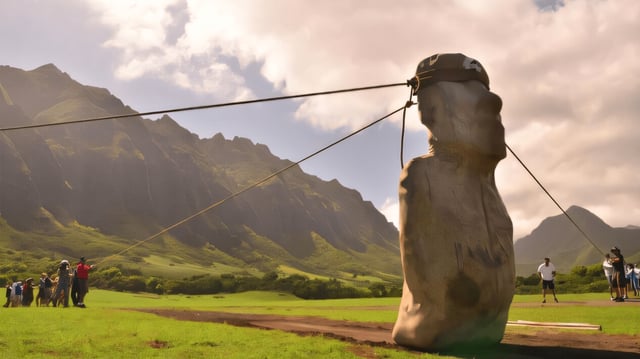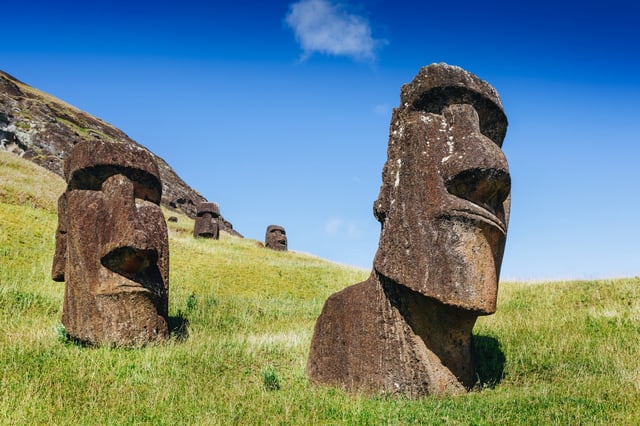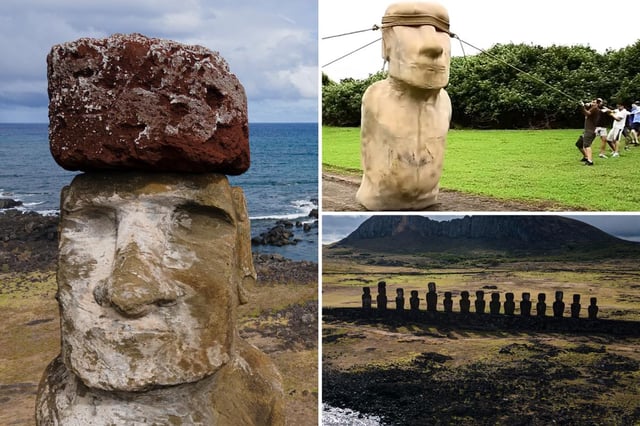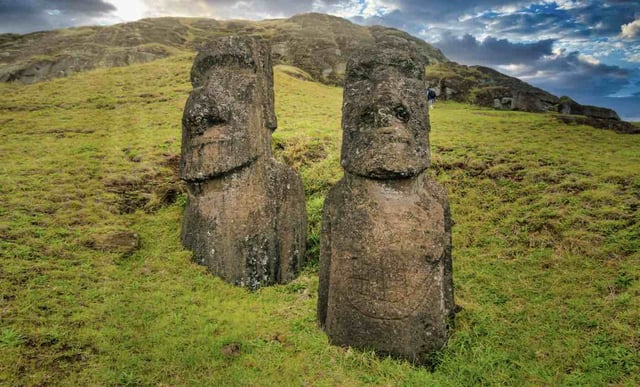Overview
- A Journal of Archaeological Science paper by Carl P. Lipo and Terry L. Hunt analyzes about 962 statues, including 62 along ancient roadways.
- High-resolution 3D models identify wide D-shaped bases and a forward lean that enable a controlled zig-zag gait.
- A volunteer team of 18 moved a 4.35-ton replica 100 meters in 40 minutes using alternating rope pulls.
- Island roads measuring roughly 4.5 meters wide with a concave profile appear purpose-built to stabilize and steer upright transport.
- The findings challenge prone-roller theories and align with Rapa Nui oral traditions, with the authors inviting critics to present disconfirming evidence.



